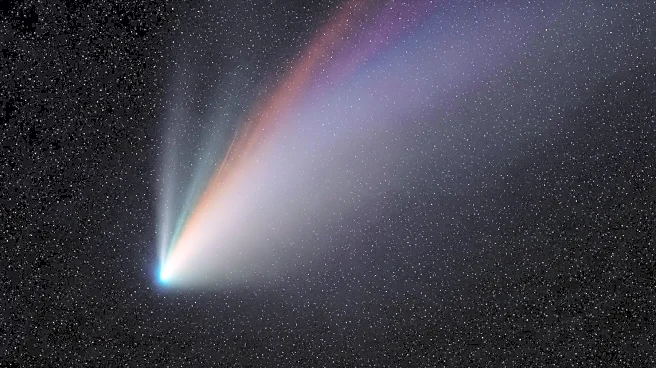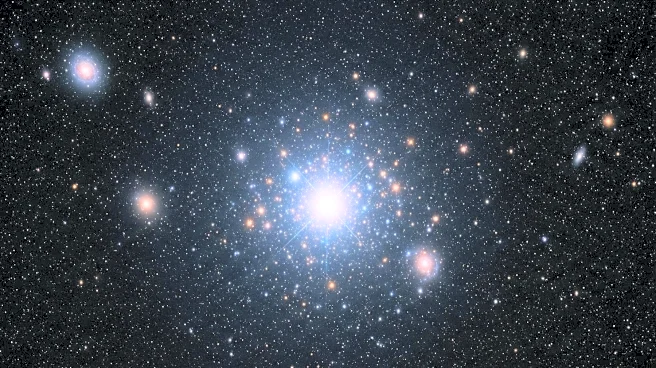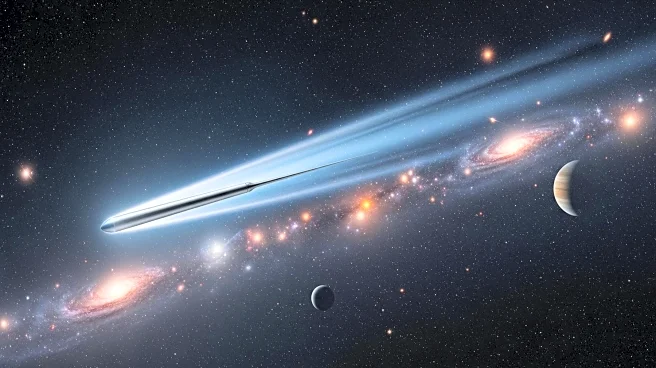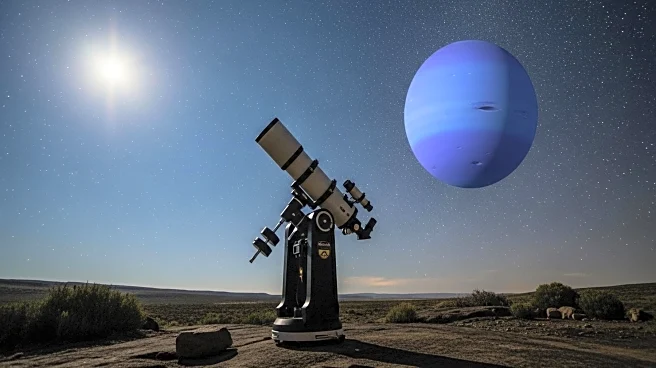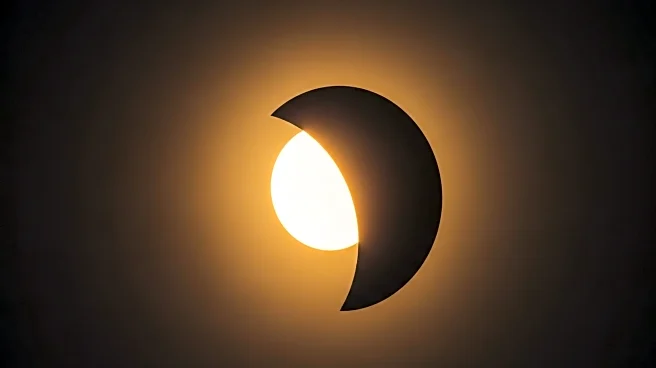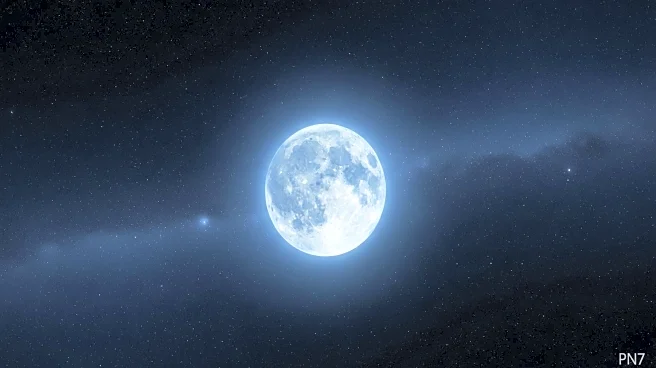What's Happening?
A newly discovered comet, C/2025 R2 (SWAN), also known as SWAN25B, is set to pass closest to Earth around October 19-20. The comet was first spotted by Ukrainian amateur astronomer Vladimir Bezugly using the SOHO space observatory's SWAN instrument. SWAN25B has a bright coma and an emerald ion tail, making it a fascinating target for skywatchers. The comet's orbit is still poorly constrained, but it may be bright enough to observe without a telescope or binoculars. Observatories and astronomers are closely monitoring its trajectory and visibility.
Why It's Important?
The appearance of SWAN25B offers a unique opportunity for astronomers and the public to observe a celestial event. Comets are significant for scientific research as they provide insights into the composition of the early solar system. The visibility of SWAN25B without specialized equipment makes it accessible to amateur astronomers and enthusiasts, potentially increasing public interest in astronomy. This event also highlights the role of amateur astronomers in discovering and tracking celestial objects, contributing to scientific knowledge and community engagement.
What's Next?
Skywatchers are advised to find dark areas away from city lights to observe SWAN25B. The comet's closest approach to Earth will occur around October 19-20, and it may be visible as a faint, fuzzy patch of light. Observatories and astronomers will continue to track its position and brightness, providing updates and guidance for optimal viewing conditions. The comet's passage coincides with other skywatching events, such as a supermoon on October 6, offering additional opportunities for stargazing.

